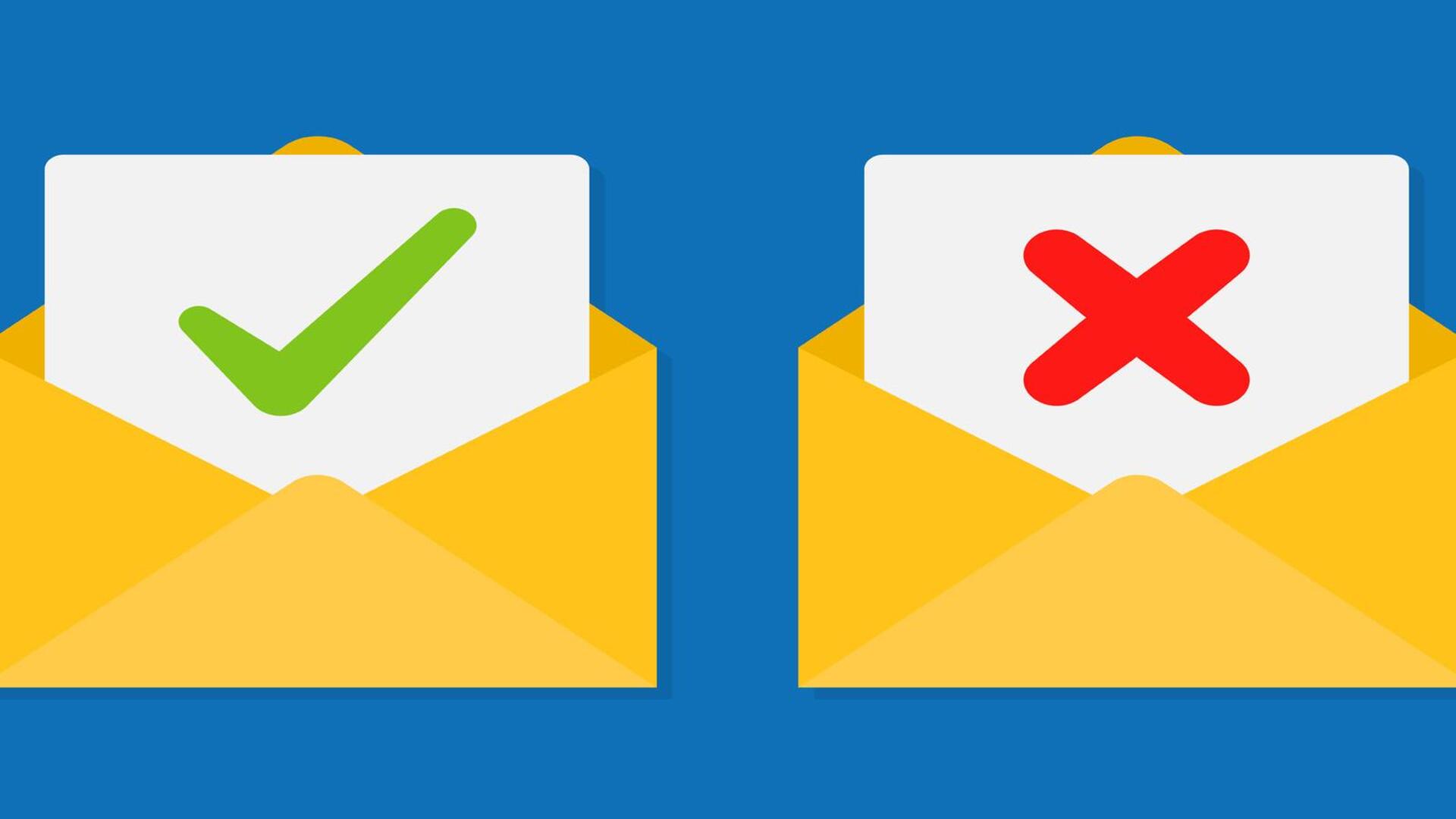
#TechBytes: How to set up and use email filters efficiently
What's the story
Email filters are a powerful tool to keep your inbox organized and efficient. By automating the sorting of incoming emails, you can save time and focus on what matters. Whether you're a professional managing multiple client communications or someone looking to keep personal emails in check, mastering email filters can be a game-changer. Here's how you can set up and use email filters effectively.
Tip 1
Create rules for incoming emails
Start by defining clear rules for your incoming emails. Most email services allow you to filter messages based on sender, subject line, keywords, etc. For example, if you receive newsletters that clutter your inbox, create a rule that sends them directly to a designated folder. This way, important messages aren't lost in the shuffle, and you can access less critical ones later.
Tip 2
Use labels and categories effectively
Labels and categories are essential for organizing emails beyond folders. They allow you to tag messages with multiple identifiers, making it easier to locate them later. For instance, label work-related emails with "Urgent" or "Follow-Up" tags so that they can be prioritized easily. This system helps in quickly identifying the nature of an email at a glance.
Tip 3
Set up priority senders list
Most email platforms provide an option to mark certain senders as priority. By adding important contacts to this list, their messages will always land in your main inbox, while others may be filtered out or sent to secondary folders. This way, you ensure that critical communications are never missed, even when your inbox is busy.
Tip 4
Automate routine tasks with filters
Email filters can automate routine tasks like archiving old messages or forwarding specific types of emails to another account or colleague. For example, if you frequently receive confirmation emails from online purchases, set up a filter that automatically archives them after a certain period or forwards them to an accounting software integration.
Tip 5
Regularly review and update filters
Just like any other system, your email filtering needs regular reviews and updates to remain effective. As your communication patterns change over time, it's important to periodically assess whether existing filters still serve their purpose or if new ones need to be created. Regularly reviewing these settings ensures optimal performance and continued organization of your inbox.